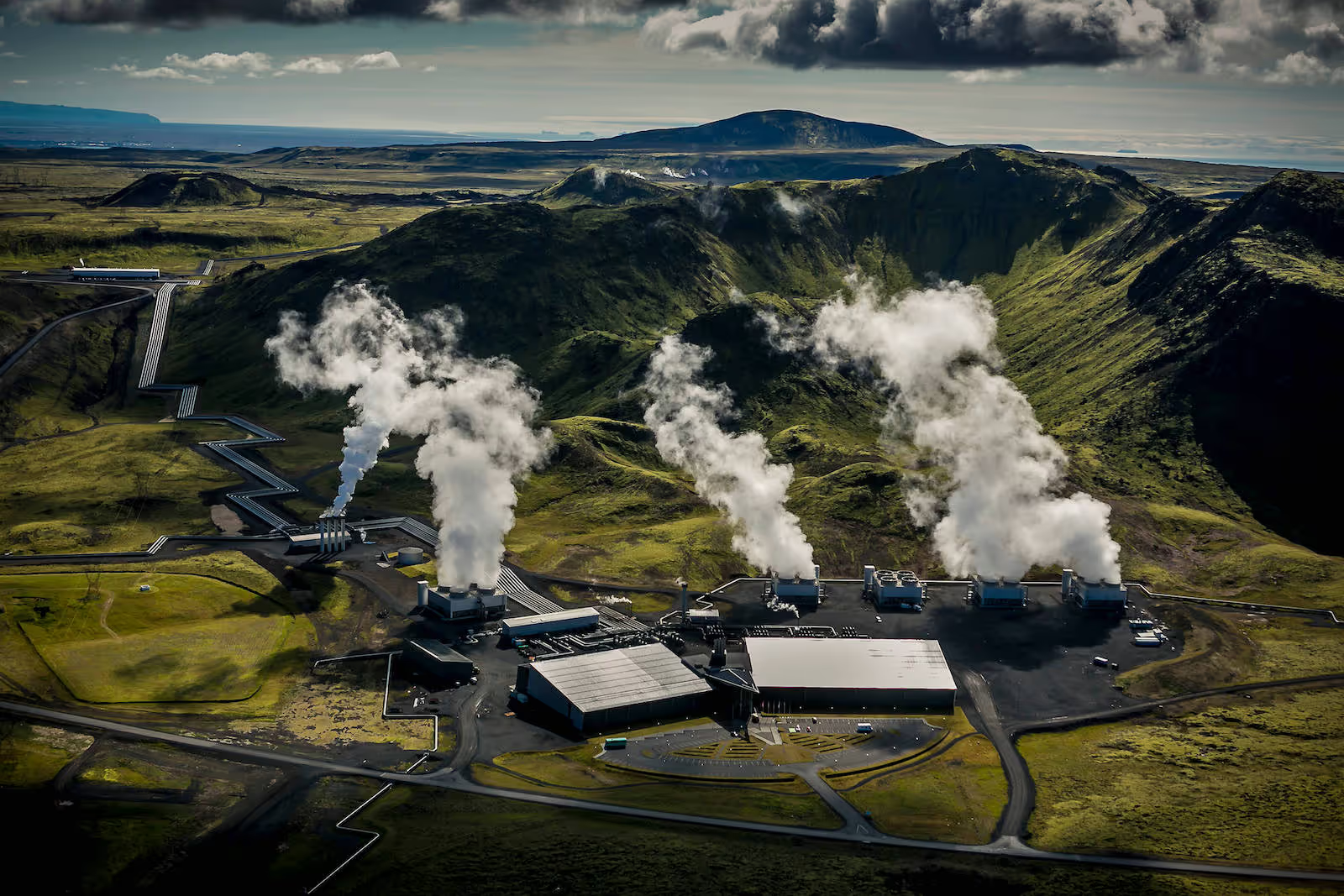Standing in a grocery store in New York City, you might think the orange from California is going to have a smaller carbon footprint than the one from Chile—but, depending on the orange in question, you could be wrong. A Life Cycle Assessment can help us understand why. Commonly referred to as an LCA study, it considers the environmental impact of a product, covering everything from the raw materials themselves to the energy use and transportation involved. That orange from Chile, for example, might actually be less carbon-intensive, as boat transport is much more efficient than trucking, even if the distance is greater.
LCAs can be used far beyond the grocery store. Today we’re seeing these studies leveraged to assess the environmental impact of new-to-world carbon removal and avoidance solutions. At Patch, we consider LCAs to be increasingly critical pieces of documentation for projects entering carbon markets.
What exactly is a Life Cycle Assessment?
An LCA is a top-to-bottom analysis of the environmental impacts of a given product or activity over the course of its entire “life”—from production to disposal. LCA is a standardized methodology ensuring reliability and transparency, developed by the International Organization for Standardization (ISO). It’s one of the most prominent approaches to quantifying sustainability outcomes for products, businesses, and processes.
In practice, LCAs are used by both the private and public sector to provide transparency into the environmental footprint of processes, as well as to set regulation and certification guidelines. For instance, the architecture and building industry’s LEED certification, with which many people are familiar, now includes points for LCA consideration to encourage builders to account for the entire lifecycle of a building’s varied components in their decision-making. Environmental labels may also require LCA certification.
LCAs are not new. In the late 1960s, researchers began studying the lifecycle impact of various goods, starting with energy consumption and gradually broadening to include waste production, water use, and greenhouse gas emissions. That early work grew into a system of regulations and guidelines that set the standards for calculating the environmental impact of consumer goods.
Why conduct an LCA?
There are a number of reasons why any company might choose to conduct an LCA on their products and processes. These may include:
- Reducing costs. LCAs can identify ways in which production or design could be improved or streamlined to reduce waste (including energy waste, labor time, materials, etc).
- Bolstering marketing. A low-emissions LCA can back up sustainability claims and appeal to consumers.
- Identifying room for improvement. Companies with sustainability or other environmental goals can use the LCA to identify areas of improvement.
Carbon credit project developers—especially those working on frontier engineered carbon removal and avoidance solutions—also conduct LCAs, often for specific reasons core to their business models, such as:
- Articulating how it works. For new technologies, the articulation of “how it works” in the standardized format of an LCA can help parties assessing the approach understand the technical specifics.
- Establishing negativity. Project developers can use an LCA to help confirm their solution results in net-negative emissions.
Often, certification approaches that exist for traditional carbon credit projects do not yet exist for new and innovative approaches to carbon removal and avoidance. An LCA can help serve as a foundation for establishing those verification and certification approaches in the future by clearly outlining how a process works and establishing the emissions profile of the processes.
How is an LCA conducted? 4 steps
There are four main phases of an LCA:
- Goal and scope definition. This phase is where analysts set the level of detail of the study. By definition, the LCA looks at the product or activity’s production, use, and retirement phases. Some LCAs are considered cradle to grave, meaning that the product ultimately ends up as waste, while some are considered cradle to cradle, which means that the product goes into productive reuse (in what is known as a circular economy.) At this point, the functional unit, a way to measure the purpose of the product in a quantifiable manner, is defined for the LCA. For instance, miles per gallon is a functional unit of cars, allowing cars to be compared based on their function (transportation).
- Inventory analysis. In this phase, also known as the life cycle inventory analysis (LCI) phase, data is collected. Data includes inputs (materials and other resources) and outputs (waste and other byproducts, such as emissions).
- Impact assessment. Next, the data is categorized into different areas of environmental and health outcomes to produce the core of the assessment, known as life cycle impact assessment (LCIA). Each category (climate change, acidification, energy, water use, land use, and radiation) is measured with a specific metric and an effective methodology will ensure that the categories do not overlap, as this would result in double counting. An effective LCA will select the best methodology for the specific product, location, and concern it’s addressing.
- Interpretation. The LCA interpretation summarizes the LCA impacts and gives conclusions and recommendations (this phase may identify areas that could be more energy efficient, for example).
Advantages and disadvantages of LCAs
For evaluating carbon-reducing products and activities, the LCA approach offers significant benefits—as well as some drawbacks.
Advantages of LCAs
- Standardization and transparency, thanks to the set methodologies and protocols involved with creating an LCA.
- A wide, inclusive range of environmental considerations, which can be tailored to accommodate a variety of situations and concerns.
- A rigorous model for self-evaluation, which offers guidance to project developers, especially those creating frontier engineered carbon removal and avoidance solutions.
Disadvantages of LCAs
- Procedural limitations. Certification bodies are not currently keeping pace with technological carbon removal and avoidance innovations, so there will likely be a lag between the emissions profile reported per an LCA and a certified approach to turning that profile into a specific, certified volume of carbon credits.
- Project type limitations. For instance, evaluating a nature-based solution, such as forest regeneration, may be difficult with an LCA, and a white paper or technical document may be more appropriate.
Overall, the LCA approach provides a thorough and well-developed way of considering the true impact of any activity. In an ideal world, all carbon removal and avoidance projects would already have a form of third party verification and certification. For those that don't, however, other tools can be used to better understand the full picture. Ultimately, it's “life cycle thinking”—or the consideration of the entirety of an activity's environmental impact—that must be applied systematically as we consider how our actions affect the trajectory of climate change.





